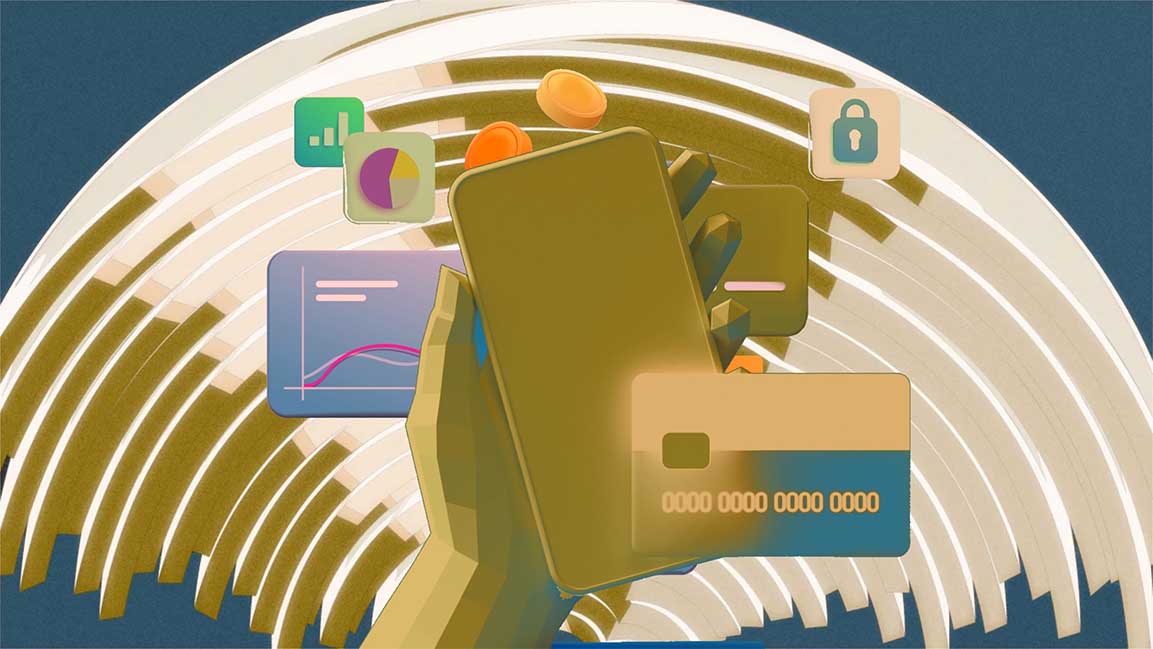- | 5:05 pm
Neobanks expected to record accelerated growth in the GCC region
The sector’s valuation is to grow to $3.45 billion by 2026 due a boom in digital payments

Neobanks, also referred to as challenger banks, are soon becoming a part of the mainstream financial system by reshaping retail banking, payment processing, and international wire services.
According to a recent analysis by Boston Consulting Group, neobanks in the GCC will account for more than $2 trillion in market size by 2030 at a Compound Annual Growth Rate of 53.4%.
The report dives into the important factors that have contributed to this growth spurt, including changes in the legal environment, widespread use of the internet, and smart technology.
The sector is anticipated to advance due to GCC regulators’ willingness to accelerate the creation of policies and frameworks by lowering barriers for new market entrants to enter, launch, and support innovation.
The study reveals how much neobanks have affected consumer finance, the economy, and society and will continue to do so.
Neobanks’ success has frequently been characterized by features like digital and mobile-centric services, excellent user experiences, cloud-based platforms with a modular architecture, a lean and agile technology-first culture, and developing brands that people can relate to emotionally, the report says.
“Internet-enabled digital finance has emerged at a time when proponents of the change behind the Web3 are arguing for user-centric innovation — where the end-user is the ultimate arbiter of a platform’s evolution and viability. And we see this directly translating across neobanks,” said Bhavya Kumar, managing director & partner at BCG.
Customer preference for digital banking over branch banking has come at a time when the internet itself is arguably entering the next stage of its revolutionary life cycle. The GCC has some of the highest connectivity rates in the world with more than 90% of its population connected to the internet far surpassing the global average of 51.4%, and nearly two-thirds of the population is expected to hold 5G connections by 2026.































